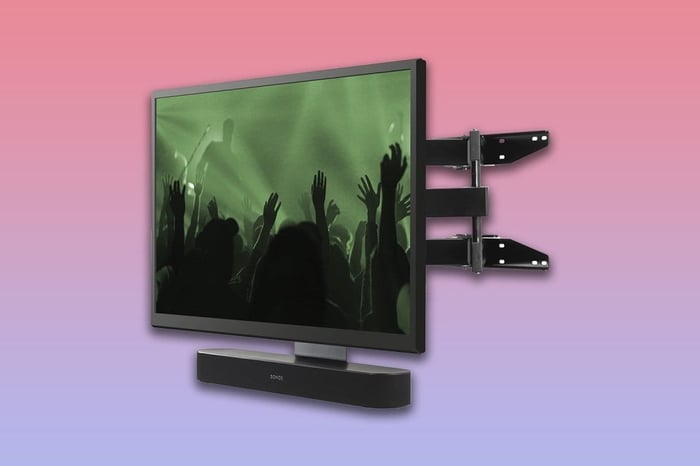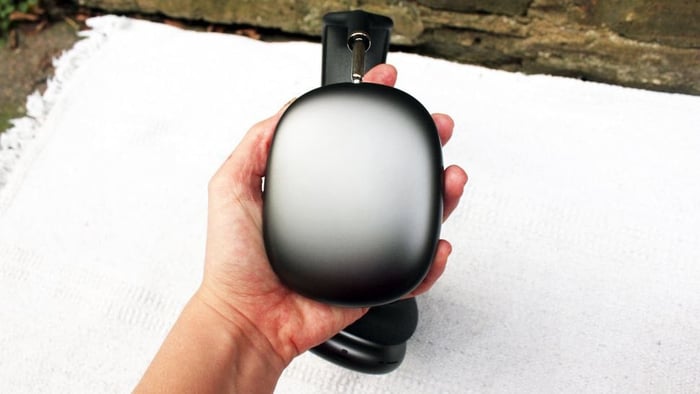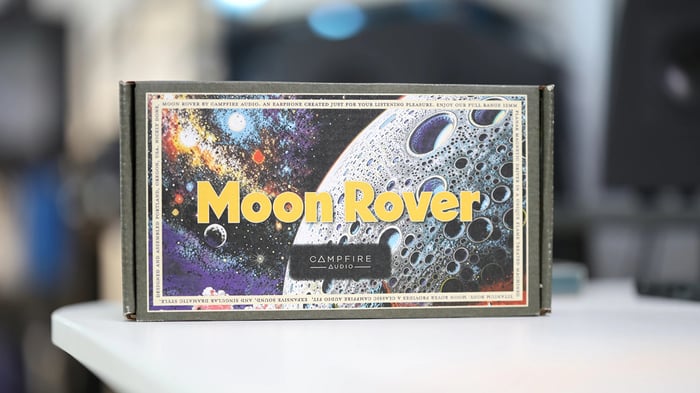
Campfire Moon Rover Review: Unveiling the Hidden Depths of Music
Campfire Moon Rover Review: Unveiling the Hidden Depths of Music
Explore the exceptional sound and design of Campfire Moon Rover, redefining high-end in-ear headphones with unique flare and unmatched audio quality.
Introduction to Campfire Moon Rover
Campfire Audio stands tall as a premier manufacturer of in-ear monitors (IEMs), renowned worldwide for its stellar sound quality and outstanding customer support. The Campfire Moon Rover is their latest masterpiece, a limited-edition IEM featuring a unique flame-treated finish on each earphone shell—making every pair truly one of a kind.
This review dives deep into the Moon Rover's design, sound signature, and how it stacks up against other high-tier IEMs on the market. Is Campfire once again raising the bar for premium earphones? Let’s find out.
Pros and Cons at a Glance
Pros:
- Versatile tuning suitable for all music genres with high transparency
- Exceptional resolution and crisp detail
- Comfortable fit with medium insertion depth
- Lively, dynamic sound with powerful bass and excellent treble clarity
Cons:
- Default cable is a 3.5mm unbalanced type with limited passive noise isolation
Campfire Moon Rover: Build Quality and Design
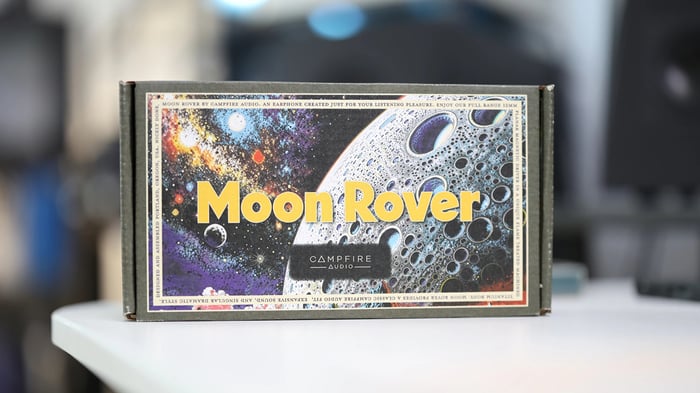
The Moon Rover is crafted as a limited run of 888 units, boasting flame-treated titanium shells. This treatment not only adds incredible durability but also creates subtle, shifting hues that reflect light differently indoors and outdoors. This artisanal process ensures every pair's individuality.
Inside, a 12mm planar magnetic driver delivers a cohesive and well-balanced sound signature, complete with impressive texture and resolution. The ergonomic black PVD-coated nozzle offers a natural fit, complemented by gold-plated tri-lobed screws adding a touch of luxury.
Included is the Super Smoky Litz cable, featuring eight silver-plated copper conductors for improved thickness and sound quality compared to predecessors.
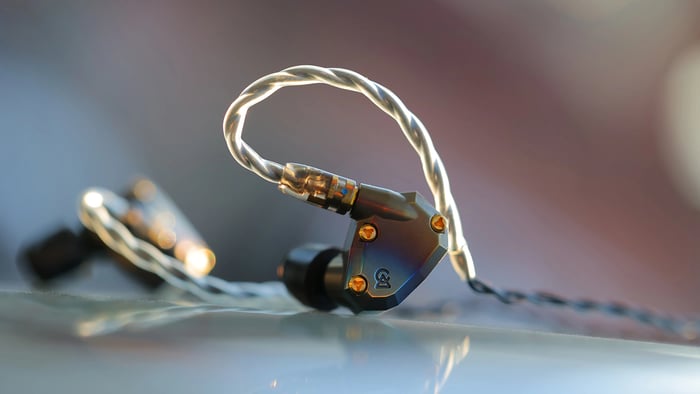
The carrying case—a handmade waxed leather pouch in a textured gray finish—keeps the earphones safe and scratch-free with a dual-section mesh for individual storage. A cleaning tool is also part of the package.
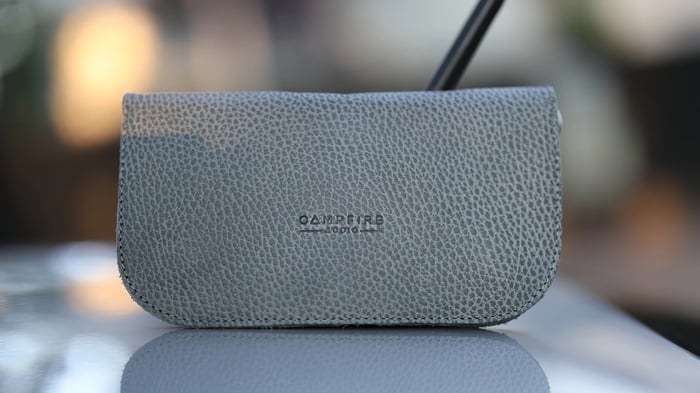
Performance Specs and Noise Isolation
With a sound pressure level of 94 dB, the Moon Rover requires more amplification power than typical IEMs. Its 22.5-ohm impedance doesn’t make it overly sensitive to background hiss—one of the quietest Campfire models to date, unaffected by typical source noise.
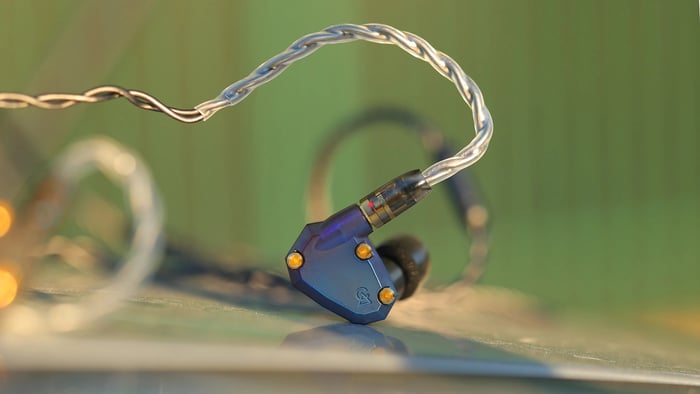
Total harmonic distortion stays below 1%, a figure that Campfire seems less obsessed with than actual listening experience, yet proves the earphones' technical prowess.
Frequency response is officially rated from 5 Hz to 20 kHz, but in practice, the treble extension rivals the best I've ever heard—crystal-clear, extended high frequencies that sparkle without harshness.
If purchased before October 14, 2024, buyers receive a complimentary 4.4mm balanced cable and a portable balanced DAC, the Pilot II 4.4mm, enhancing the overall experience.
Fit and Comfort
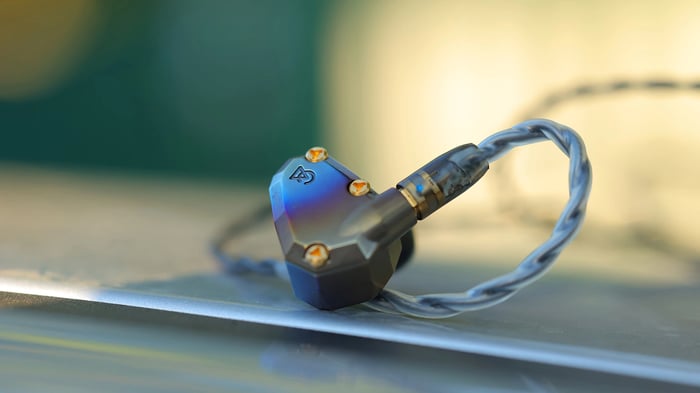
These IEMs fit snugly yet comfortably, resting deeper than average without discomfort. For a medium-depth seal, ddHiFi ST-35 tips work better than the included foam ones, though the latter offer superior passive noise isolation.
Despite its titanium build, the Moon Rover is lightweight and has a captivating burnt-titanium finish that brings a smile every time you see it. Passive noise isolation could be stronger, but a slight volume boost usually compensates for this.
The original cable excellently suppresses microphone noise and interference. The earphones don't have a flexible driver, so insertion should be gentle to avoid discomfort caused by pressure changes. Interestingly, the lack of visible vents means pressure equalizes shortly after insertion.
Sound Quality Overview
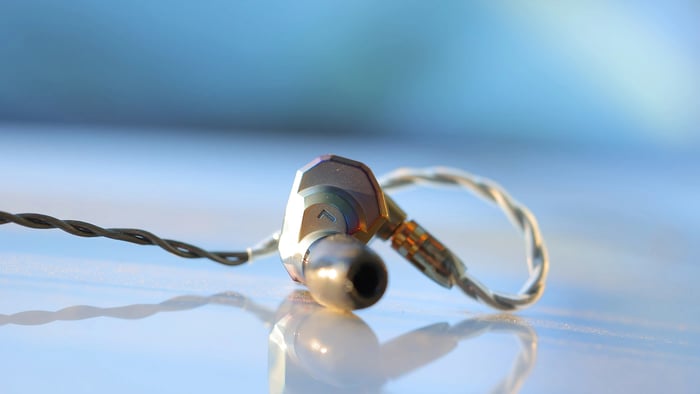
I tested the Moon Rover across various sources including Dethonray Listening M1 (powered by Keces P14), HIFIMAN EF499, Singxer SA-1 V2 paired with SMSL DO200 PRO, iBasso D16 + iBasso PB5, iBasso DX180, Hiby R6 PRO II, and Shanling UA6.
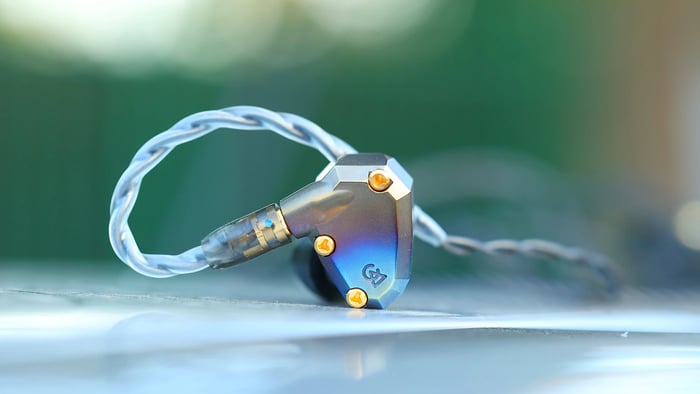
The Moon Rover handles all sources without hiss or noise sensitivity, scaling up beautifully with higher-quality gear.
Using external balanced cables like Eletech Azrael or ddHiFi Nyx Pro provided transparency and allowed access to balanced outputs. The Dethonray + Keces P14 combo is my top recommendation for pairing.
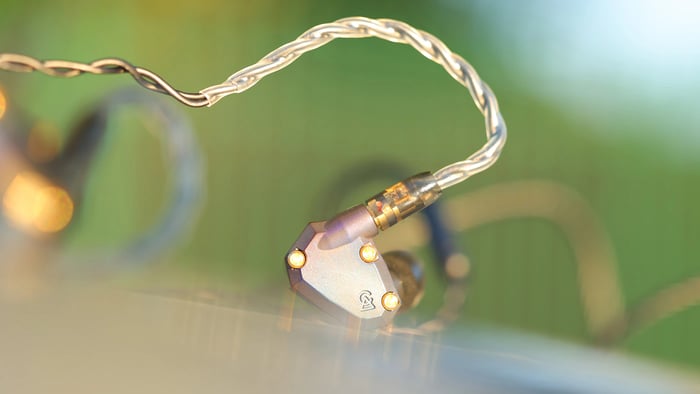
The sound signature is warm, detailed, and crisp with a slight V-shape: powerful bass, clean mids, and sparkling highs. The bass is full-bodied and deep, extending down to 20 Hz, perfect for genres ranging from punk to EDM.
“Transparency is the key word that characterizes the midrange of the Campfire Moon Rover.”
— Reviewer insight
Midrange vocals feel natural and emotional whether male or female, with clear enunciation and texture. The overall presentation is spacious, with distinct layering between instruments and vocals.
High frequencies are bright, lively, and airy, showcasing cymbals and treble details without being shrill. The highest range is clear and extended without metallic harshness, maintaining a natural tone.
Soundstage and Imaging
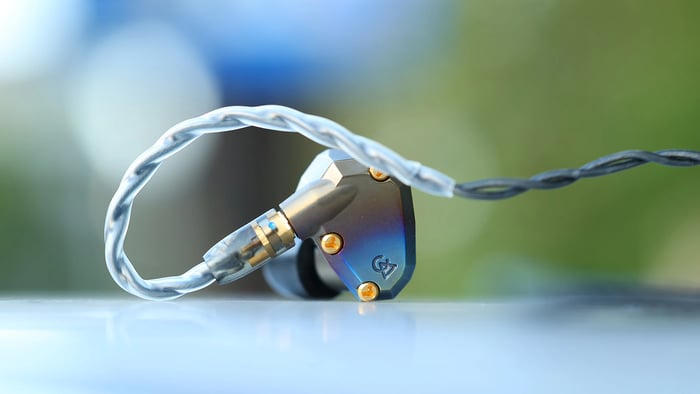
The Moon Rover boasts one of the widest and most airy soundstages among IEMs, with balanced horizontal and vertical dimensions that allow excellent spatial cues and instrument separation.
This expansive stage adds life and depth to any track, encouraging listeners to immerse themselves fully.
Comparisons with Other IEMs
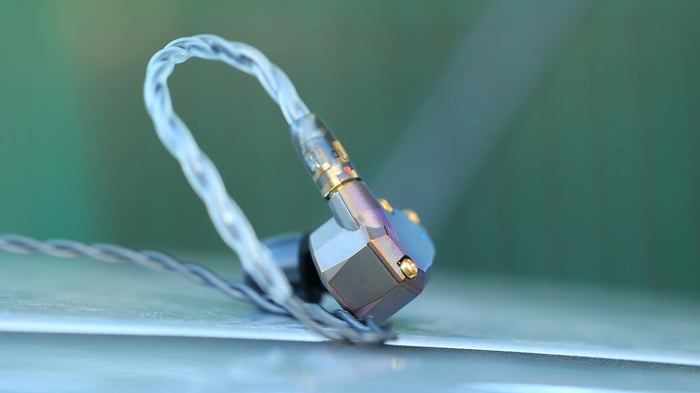
Campfire Moon Rover vs Soundz Flame
- Build: Flame uses polymer; Moon Rover titanium. Flame sits shallower; Moon Rover sits deeper.
- Noise Isolation: Flame offers stronger passive noise isolation.
- Sound Signature: Flame is analytical and linear; Moon Rover is more energetic with deeper bass and pronounced highs.
- Stage & Dynamics: Moon Rover delivers a wider and more impactful soundstage with a more dynamic feel.
Campfire Moon Rover vs Campfire Bonneville
- Both offer medium-depth fit, but Bonneville has a resin shell and stronger noise isolation.
- Bonneville has a more emotional female vocal presentation; Moon Rover shines with more natural male vocals and a brighter overall sound.
- Moon Rover appeals more to younger listeners favoring modern rock and metal.
Campfire Moon Rover vs Sennheiser IE900
I was going to say the build quality is comparable, especially since both IEMs feature MMCX connectors, but I had to send the IE900 in for repair due to a left earphone failure, while none of the Campfire IEMs tested have failed or malfunctioned. This suggests Moon Rover’s build quality might be superior.
Regarding cables, Campfire provides better default cables, while IE900’s stock cables are stiff and awkward.
IE900 is lighter but offers poorer noise isolation. Both are comfortable with aftermarket cables and tips.
IE900 has a more saturated and aggressive U-shaped sound with subdued mids, creating a wider horizontal soundstage. Moon Rover sounds more musical, especially in mids, with smoother female vocals.
IE900 bass is slightly stronger, but Moon Rover’s bass is tighter and more expressive, with clearer, more extended highs. IE900 sounds more splashy in treble.
Currently, Moon Rover offers better value, especially considering its lower price.
Campfire Moon Rover vs Spirit Torino Twin Pulse Beryllium
- Moon Rover fits tighter but better than Twin Pulse Beryllium.
- Both require aftermarket cables for best effect; Moon Rover comes with an unbalanced cable; Twin Pulse supports more ergonomic cables and tips.
- Both similarly sensitive to source quality, but Moon Rover adapts slightly better.
- Moon Rover offers stronger passive noise isolation and easier control.
- Moon Rover delivers deeper, more powerful bass, especially in EDM, trance, and techno genres.
- Twin Pulse has warmer, softer bass with a more acoustic feel.
- Twin Pulse highs are softer and smoother; Moon Rover’s are brighter and more sparkling.
- Twin Pulse has a traditional, warm, analog sound; Moon Rover is more detailed, clear, and modern.
Campfire Moon Rover vs Sweear He-Live5
Moon Rover is titanium and heavier than the resin-built He-Live5, but both are equally comfortable.
He-Live5 has a shallower to medium fit, while Moon Rover fits medium to deep.
Moon Rover requires more power and has better noise suppression, making it among the quietest IEMs with noisy sources.
He-Live5 includes a modular, high-quality cable with balanced connectors; Moon Rover’s is thinner, flexible, and unbalanced.
Moon Rover’s packaging is a bit flashier. Note: Sweear is a stylized form of Sweet Ear.
Sound-wise, both are similar in resolution and detail, but He-Live5 focuses more on treble and upper mids with neutral bass and a brighter sound.
Moon Rover produces deeper, more dynamic bass with a darker tuning and greater music depth.
He-Live5 sounds sharper in highs; Moon Rover offers more expressiveness on every instrument.
For bass lovers, Moon Rover offers a natural sound; for those wanting bright and airy sound, He-Live5 fits better.
Value and Final Thoughts

At roughly $1,600 USD, Campfire Moon Rover ranks among the priciest dynamic driver IEMs, but justifies its cost with high performance, natural transparency, and stunning design.
It's durable, comfortable, and offers a unique audio experience that stands out in the market. It’s set to replace older Campfire models while showing the brand’s ongoing commitment to quality.
If you crave a comfortable fit, ultra-detailed sound, deep bass, and sparkling treble with a dynamic and vivid overall presentation, the Moon Rover delivers all this and more.
Conclusion
The Campfire Moon Rover is a fantastic set of in-ear monitors that blend artistry, engineering, and immersive sound precision. Are you ready to let these earphones unlock a new dimension in your music experience?
Frequently Asked Questions
- What makes Campfire Moon Rover’s design unique?
Each titanium shell is flame-treated by hand, giving every pair a unique iridescent finish. - How does the Moon Rover handle different music genres?
Extremely well—it’s versatile with a sound signature that suits everything from metal to jazz. - Is the Moon Rover comfortable for long listening sessions?
Yes, it’s lightweight with an ergonomic fit, though it sits a bit deeper in the ear than average. - Does the Moon Rover require a special amplifier?
It needs more power than typical IEMs, so pairing with a quality source or amp is recommended. - What accessories come with the Moon Rover?
A waxed leather case, cleaning tool, foam and silicone tips, and a high-quality Super Smoky Litz cable.
Ready to experience this sonic masterpiece? Shop your favorite album cover poster and gear up your listening space at Architeg Prints.
 | DISCOUNTGET 30% OFF*Use code on your next order:
|
* This post may contain affiliate links, meaning we earn a commission if you make a purchase through these links, at no additional cost to you.




